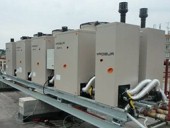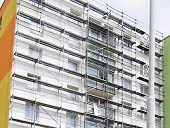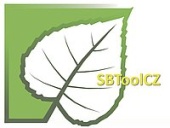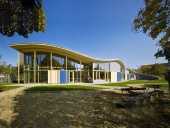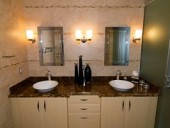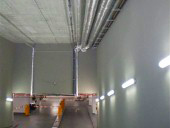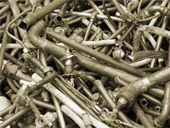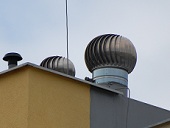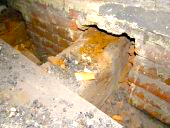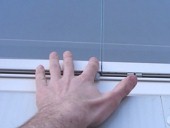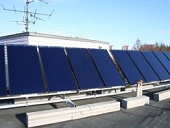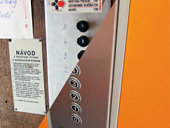The paper discusses the alternative heat sources to central district heating for panel buildings. Nowadays, most of the reconstructions of panel buildings cover only the improvement of thermal quality of the building envelope in order to decrease the heat loss and the operating costs of heating. With high-quality insulated envelope it is possible to achieve high reduction of thermal heat loss. Additional reduction of heat loss on the envelope insulation side is very expensive. In order to reach another reduction of operational costs in the building it could be more efficient to change the heat source with cheaper energy.
Newsletter
Přihlaste se k odběru newsletteru a my vám každý týden pošleme přehled toho nejlepšího z TZB-info!
více o newsletteru
